

Max Davies
2026 GWM Haval Jolion review
3 Hours Ago
If you're going to invest in something, why not in something you love that also has a financial return?

Publisher
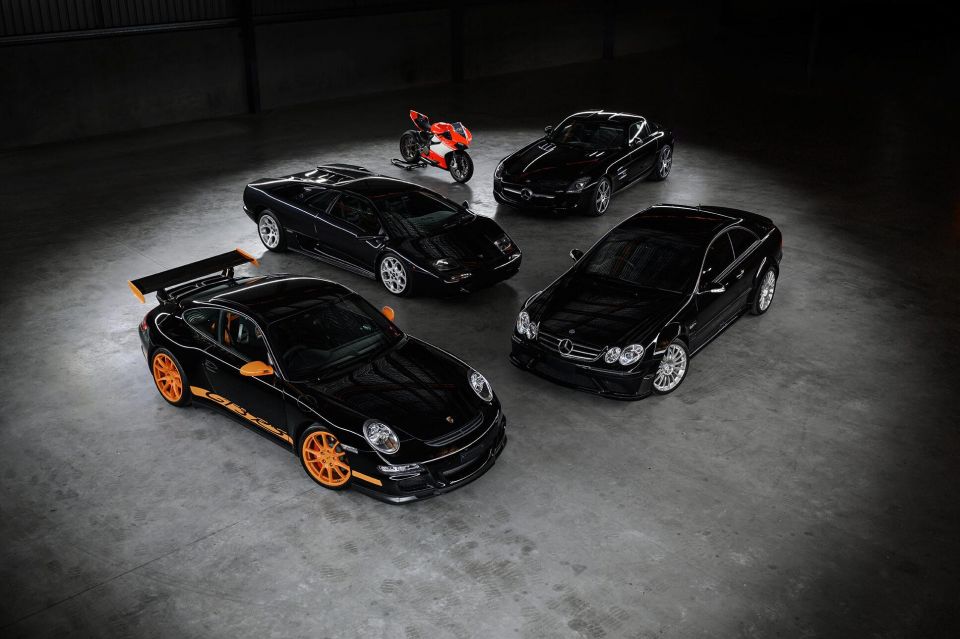

Publisher
Those in the know must have realised by now the price of second-hand cars has been going up at a disproportionate rate.
That’s largely driven by basic economics of supply and demand. The lack of new-car supply has been the catalyst for driving up the price of second-hand cars.
However interesting that may be, there’s no doubt that it’ll reverse in due course as new cars become available and demand for second-hand cars tapers off.

Not to mention as the world opens up, a new car purchase might not be as appealing as going to Europe for a month, which again is a return to balance of supply and demand – perhaps going from one extreme to another.
What is unique, however, is we’re entering a once-in-a-lifetime generational change from the humble internal-combustion engine and into the new world of electric cars.

Avid readers of CarExpert would notice every other week a carmaker commits to an all-electric future or brings forward the announcement of an electric future.
There’s very little doubt now the majority of the car industry has cut back the majority of their research and development budget for future generations of the internal-combustion engine.
To put it bluntly, the internal-combustion engine is dead.
A prime example of this is the new Nissan Z.
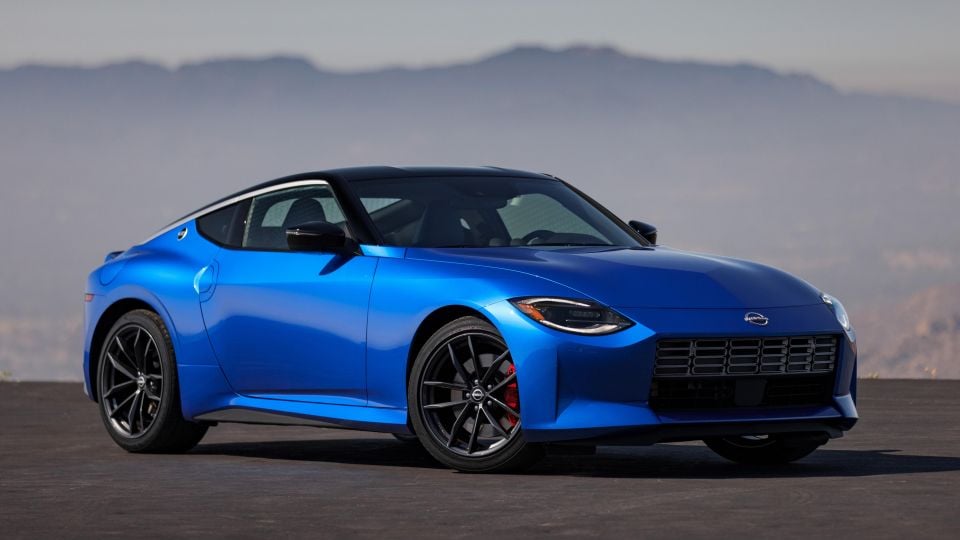
It’s a car the majority of us have waited so long for, it was no surprise to see not only the fact Nissan is using the existing 370Z platform to a large extent, but is also reusing the Infiniti Q60 Red Sport’s VR30DDTT 3.0-litre twin-turbocharged V6 engine.
Yes, it’s an excellent engine, but it demonstrates clearly the appetite for all-new internal-combustion engines is basically non-existent.
While that’s a sad state of affairs for car enthusiasts that have grown up with the burble of a four-cylinder boxer WRX, the angry roar of an Aussie or German V8, or the exotic sound of a V10 or V12, the writing is on the wall more than ever that these types of cars – the ones that can never be made again – will sooner rather than later become collectibles.
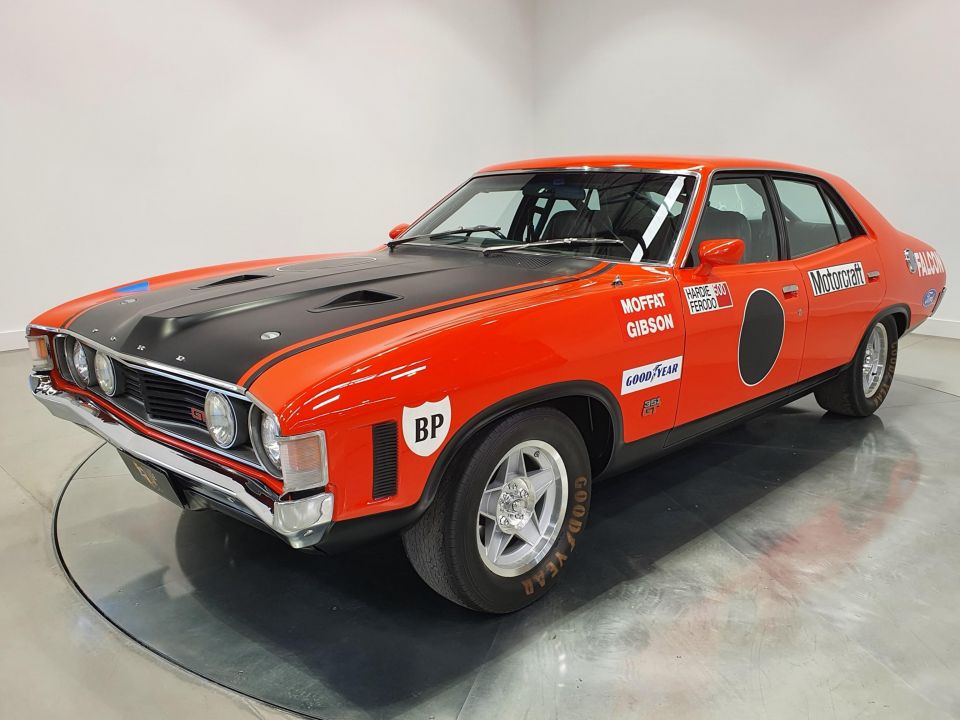
Almost in correlation with the announcement of more brands ditching fossil-fuel burning engines are the auction results of another classic or an exotic car setting a new auction record for its ridiculous price. Only a few weeks ago a 1972 Ford XA Falcon GTHO Phase IV sold for a reported $1.75 million. Yes, that’s not a typo.
While for years investing in property and the stock market has been the ideal way forward for most looking to grow their wealth, the option of something closer to the heart that also makes financial sense well and truly exists in the automotive sphere.

Consider that brands like Mercedes-Benz, BMW, and Audi no longer make cars without a turbocharger. The days of their screaming naturally-aspirated V8s, V10s, and V12s are dead.
Audi was the last, having ended production of the R8 V10 this year.
Cars like the Mercedes-Benz C63 507 Edition, non-turbo V8 and V10-powered BMW M cars, and Audi’s extended range of excellent RS vehicles are only going one direction when it comes to value: up.
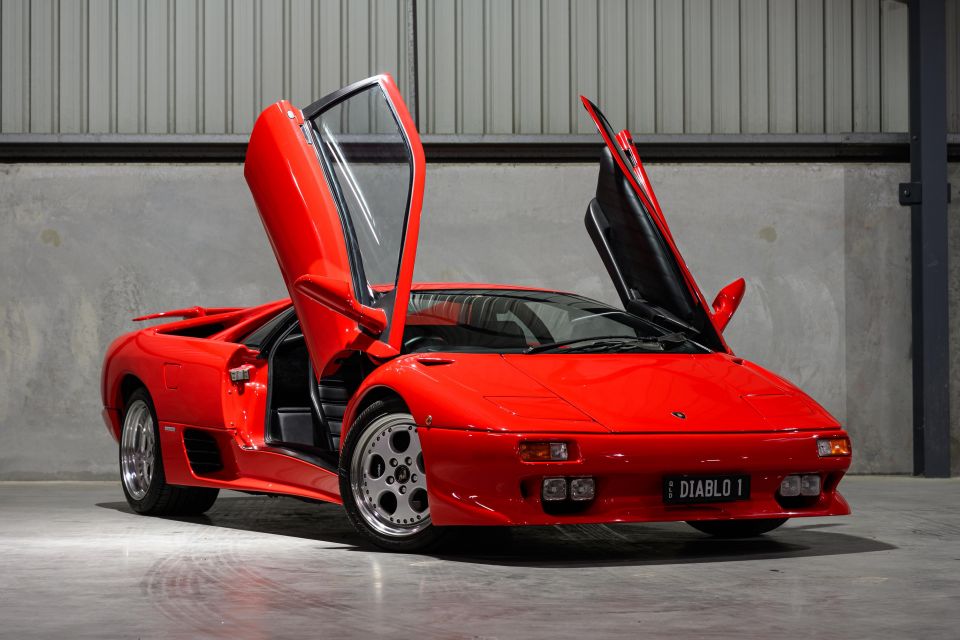
You may ask why anyone would want an old oil-burning, technologically-inept performance car when even Porsche has embraced the electric future with the Taycan and Tesla has shown for years it can humiliate a great deal of significantly more expensive performance cars.
The desire and demand for these cars is no longer about performance.
Any electrified sports car will wipe the floor with yesteryear’s performance cars… but who cares? The new emission regulations across the world have put an end to the internal-combustion engine, first without a turbo and soon enough entirely.
Not only that, the European Parliament has already forced manufacturers to make their cars significantly quieter, and most new petrol cars are fitted with particulate filters which take the soul from a performance engine’s exhaust note.
There’s every chance, also, that Europe will introduce laws forcing cars to obey the speed limit by self-monitoring – handing out tickets as you go along, which Australia will no doubt adopt in time.
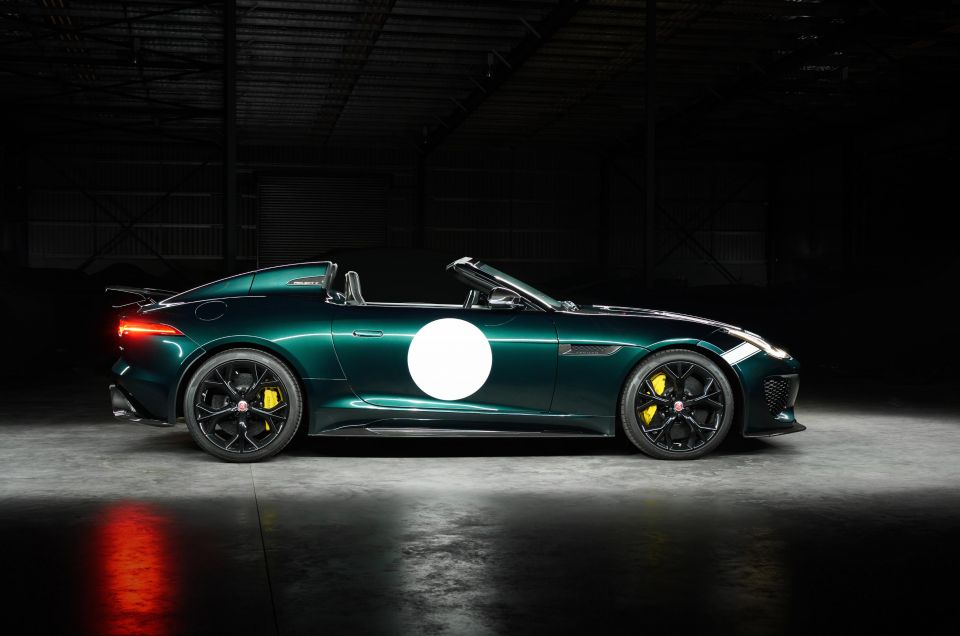
Don’t believe me? The European Parliament is moving down that path already.
If that wasn’t making you depressed enough, the future and much stricter Euro emissions laws are extremely difficult and expensive to meet with fossil-fuel powered vehicles, so much so manufacturers are giving up the fight and going electric… which is the desired outcome of the regulations.
Look at it this way. Let’s think of mechanical watches and smartwatches.
Imagine if – for whatever reason – mechanical watches could no longer be made due to new regulation. Can you imagine the price jump of existing mechanical watches? It doesn’t matter that the Apple Watch or similar can do more.

As we move toward the electric age, the other aspect of vehicle ownership that will change is autonomous driving. While the majority of manufacturers were well and truly wrong in saying 2020 is when they’ll have fully autonomous cars, that future is still coming.
Once it does, don’t be surprised if human-operated vehicles will be banned in crowded areas or at certain times.
That also brings up the point of safety and design for those beloved features like the Gullwing doors of a Mercedes-Benz SLS, which will be infinitely scrutinised in today’s over-regulated world.
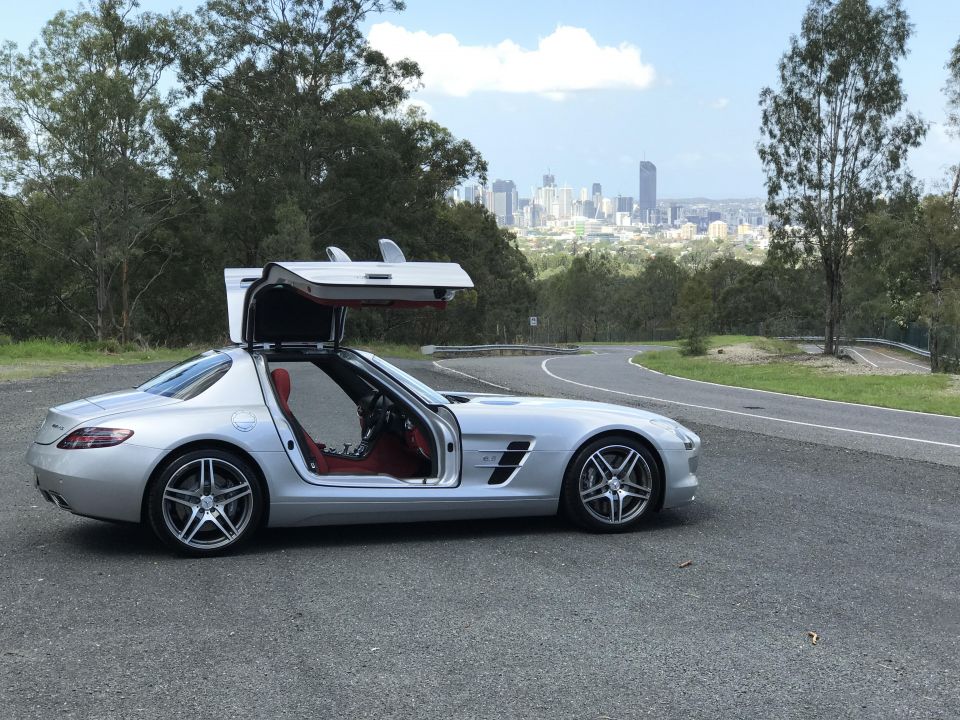
What does this all mean? It means the cars that we love today have either already stopped production, or are about to. Once they do, we will never go back as it all becomes electric.
Imagine yourself a few years down the track with a great job, high income, and driving an electric car as a daily and as a family car, but a burning desire to drive something more exciting for the weekend that makes your heart beat that little bit faster.
Something that screams in your ear even if it’s technically slower than your electric SUV that drives the kids to school by itself… what would you do?
You’d go online and look at the websites that have popped up to help buyers find collectible cars.
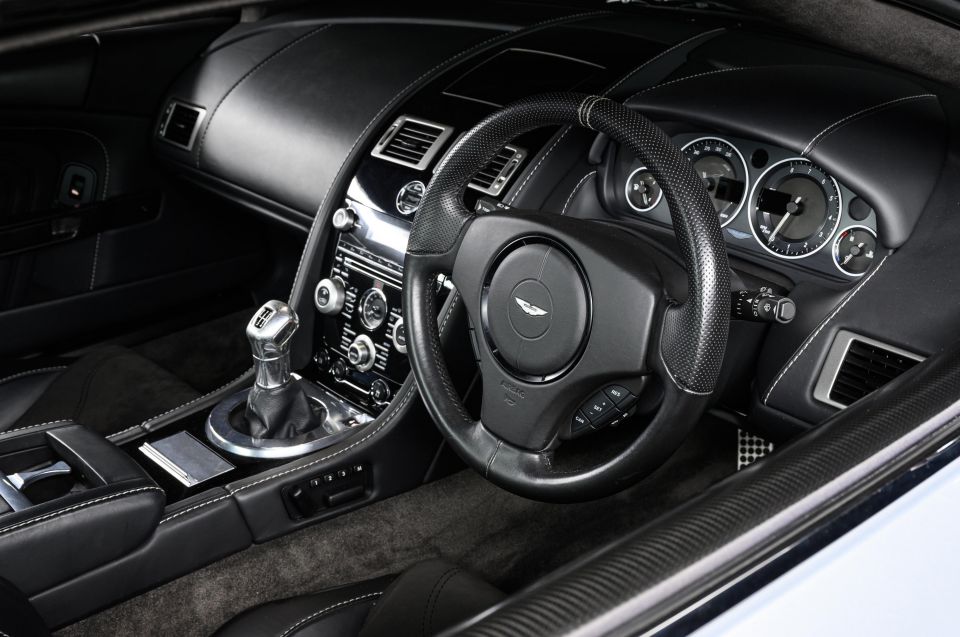
From upstarts like UK-based Collecting Cars that also has an Australian arm to Australian-based Chrome Temple Motors, and the traditional players like Lloyds Auctions and Pickles trying their best to cash in on this increasing demand, it’s obvious investing in collectible cars could be a lot wiser than you realise.
For those who know their cars, the criteria for a collectible can vary quite a lot depending on who you ask but in general, the following is a safe bet:
The price for cars like this can vary from a $20,000 Fiat 500 Gucci edition (only 101 in Australia) to well and truly in the millions for cars like the V12 Pagani Zonda (around $8 million).
Even Japanese cars like the Nissan R34 GT-R are going for around $300,000 in the right spec (Bayside Blue V-Spec II, if you’re asking). These cars were less than a third of that price not too long ago, and unless you happen to have struck gold in the property market or bought shares in AfterPay in the early days, not many other investments have better returns.
According to the Knight Frank investment index, the average growth in the collectible art space over a ten year period for collectible cars is 189 percent. As an example, collectible watches are 73 percent while wine (127 percent) and art (148 percent) fall short of the loveable automobile. What does beat out cars, however, is collectible coins (193 percent) and rare whisky at a whopping 563 percent return over the decade!
Even so, nothing shows that cars are now legitimate investments more than the fact companies like Chrome Temple Investments have set up entire funds to buy and sell collectible cars for their members.
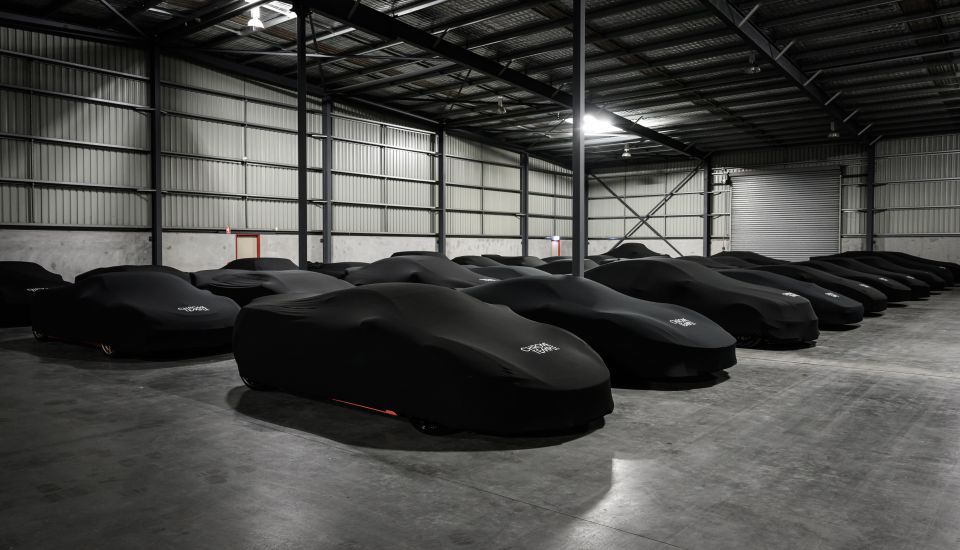
The idea is simple. Much like a managed fund you’d invest in, Chrome Temple Investments raises funds from members of the public and uses those funds to buy collectible cars, ranging from exotics to humble cars that will go up in value.
There is even a business called Rally Rd which allows you to buy part of a collectible. So you can (for example) put $5000 in to buy part of a Ferrari Enzo (imagine that for a dinner conversation).
While many – such as this author – love the idea of investing in cars themselves, for those that don’t have the time or patience these sorts of operations take the anxiety out of sourcing and inspecting vehicles for collectibility and split its ownership amongst those who have invested in the fund/car – like a legal entity ownership structure – in anticipation of it being sold at a higher valuation in the future.

It’s a fascinating world we live in, where an Australian-edition red Mitsubishi Evolution 6.5 Tommi Mäkinen edition is now fetching close to $200,000 and two-door Subaru WRX STIs are increasing in value rapidly.
Whichever way you look at it, wouldn’t it be nice to invest in a car you can love and admire rather than a property or a stock and still have a healthy financial return?
An investment in a collectible car is one that spurs the soul, and in this day and age, our souls could do with some love. At least that’s what I tell my wife everytime I buy a new old car.
This author is not a financial advisor. Before making any financial commitment for the purposes of an investment, seek advice from a qualified and registered legal practitioner or financial or investment adviser.
Alborz Fallah is a CarExpert co-founder and industry leader shaping digital automotive media with a unique mix of tech and car expertise.


Max Davies
3 Hours Ago


Damion Smy
12 Hours Ago
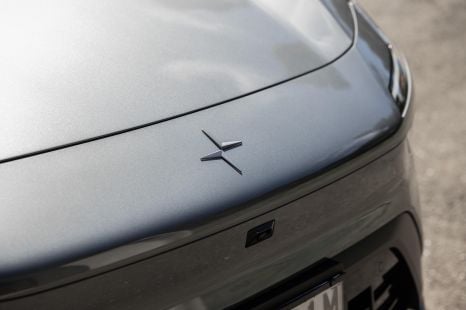

Damion Smy
12 Hours Ago


Damion Smy
14 Hours Ago
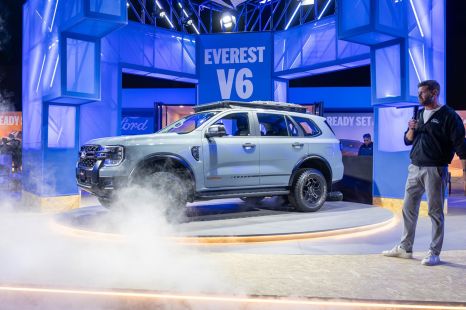

Damion Smy
16 Hours Ago


CarExpert.com.au
18 Hours Ago